The most typical soft tissues that get injured are muscles, tendons, and ligaments. These injuries usually happen during sports or exercising, but sometimes simply doing regular activities can lead to an injury.
Sprains, strains, contusions are the most common soft-tissue injuries. Even with the proper treatment these sorts of injuries may take a long time to heal fully.
Soft Tissue Injury Causes
There are two types of soft-tissue injuries: acute and overuse.
- Acute injuries are the result of an immediate trauma, like falling, twisting, or being hit. They include sprains, strains, and contusions.
- Overuse injuries take place over an extended period when an activity is repeated too frequently, and the body's muscles, tendons, or bones don't have time to mend in between occurrences. Athletes are particularly susceptible to these types of injuries since they often train rigorously day after day. Some common examples of overuse injuries include tendinitis and bursitis.
RICE Protocol for Acute Injuries
The RICE protocol--which stands for Rest, Ice, Compression, and Elevation--has been recommended by doctors as the best way to treat soft tissue injuries.
- Rest: Avoiding putting strain on the injured area is essential in providing it time to heal.
- Ice: Applying ice or a cold pack helps reduce swelling.
- Compression: Wrapping the area with an elastic bandage can help prevent further swelling.
- Elevation: Keeping the injured area elevated above the heart helps reduce swelling and pain.
When to Consult a Doctor for Soft Tissue Injury
In some cases, soft tissue injuries may require medical attention. If you experience swelling, an inability to bear weight on the affected area, or if you cannot move a joint without pain and discomfort, seeking medical attention is necessary. Depending on the severity of the injury, your doctor may recommend medications or physical therapy.
It’s important to take soft tissue injuries seriously as they can have long-term effects if not properly treated. Knowing how to detect and treat these types of injuries is essential for any athlete or active person.
By following the RICE protocol and consulting a doctor when necessary, you can help ensure that you receive the proper care for your soft tissue injury.
Sprains
A sprain occurs when you stretch or tear a ligament, which is a strong band of connective tissue that connects the end of one bone with another. Ligaments are what stabilize and support your joints; for example, there are knee ligaments that connect your thigh bone (femur) to your shin bone (tibia), allowing you to walk.
The ankles, knees, and wrists are the body areas most susceptible to sprains. A sprained ankle occurs when your foot turns inward, stretching the ligaments of your outer ankle past their limit. A knee sprain results from a sudden twist, and you can get a wrist sprain if you fall onto an outstretched hand.
There are 3 grades of severity for sprains:
Grade 1: Mild stretch and some micro-tearing of the ligament.
Grade 2: Partial tearing of the ligament.
Grade 3: Complete tearing of the ligament.
All sprains share some common symptoms, including pain, bruising, swelling and inflammation. However, the intensity of these symptoms varies depending on the category of sprain.
Strains
Injuries to muscles and/or tendons are called strains. Tendons are tough cords of tissue that connect muscles to bones. Many strains occur in the back or leg area, particularly the hamstring.
Much like a sprain, a strain can be simply a stretch of your muscle or tendon. However, it could also involve tearing the muscle or tendon partially or entirely. Strains may cause various symptoms such as pain, muscle spasm and weakness, swelling, inflammation, and cramping.
Various contact sports leave athletes vulnerable to hamstring strains, for example: those that involve quick starts like hurdling, long jumping and running races. In addition, common injuries among gymnasts, tennis players and rowers are hand sprains; while elbow strains are typical of racquet-, throwing- and contact sports.
Contusions
When a blunt object hits part of the body, contusions occur. This is because the impact crushes underlying muscle fibers and connective tissue without breaking the skin. A contusion can also result from falling or jamming the body against a hard surface. The discoloration of the skin happens when blood pooling forms around the injury.
Depending on the severity of the contusion, your doctor may recommend rest, ice, compression and elevation to reduce swelling and speed up recovery. In more severe cases, surgery may be needed in order to repair any damaged tissues or nerves.
It’s important to note that even though a contusion may not seem serious when it occurs, it can turn into a more serious condition if left untreated or improperly treated. It is therefore important to seek medical attention as soon as possible after an injury for proper diagnosis and treatment.
Conclusion
Soft tissue injuries are common among athletes and active individuals. Knowing how to handle these types of injuries is essential for ensuring proper healing. Following the RICE protocol, seeking medical attention and understanding the differences between sprains, strains and contusions can help you prevent further injury and get back to doing what you love as soon as possible.
At Prime Surgical Suites, we provide state-of-the-art, cost-effective musculoskeletal surgical care in a convenient and comfortable outpatient setting for patients of all ages. Located in RiverCrest Medical Park, we are the region's first outpatient center focused exclusively on orthopedics. Our physician-led center will help restore your active lifestyle and well-being with compassion and orthopedic excellence.
.png?width=200&height=63&name=Prime%20Surgical%20Suites%20Logo-FINAL%20(REV_2_19).png)






